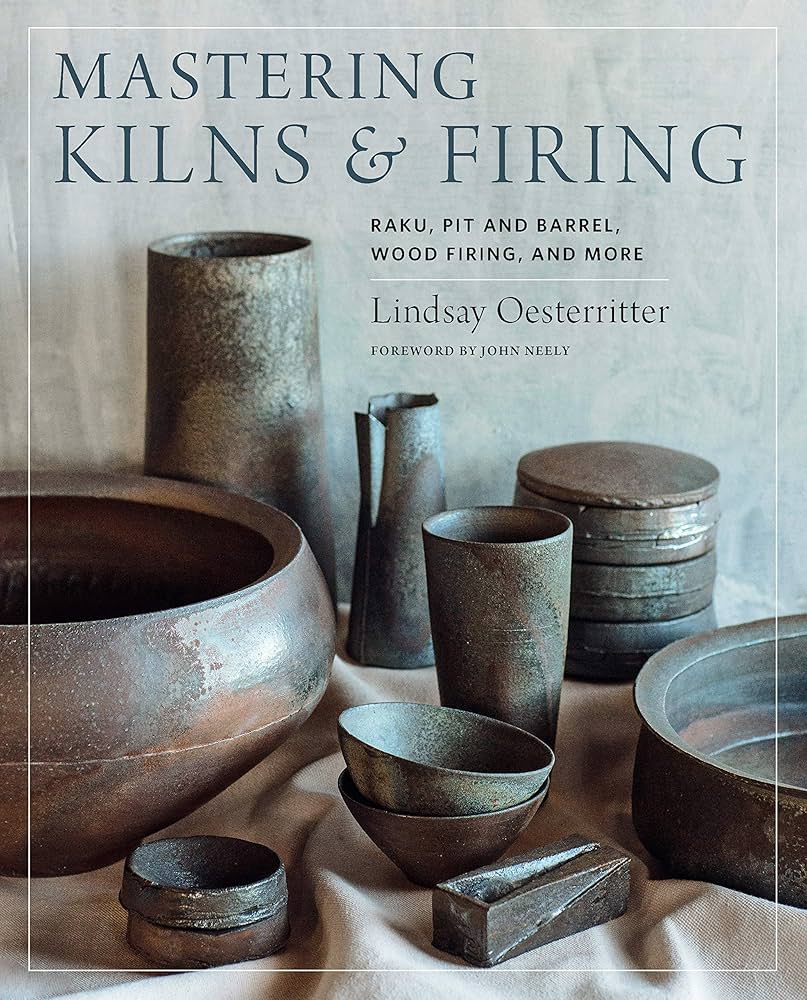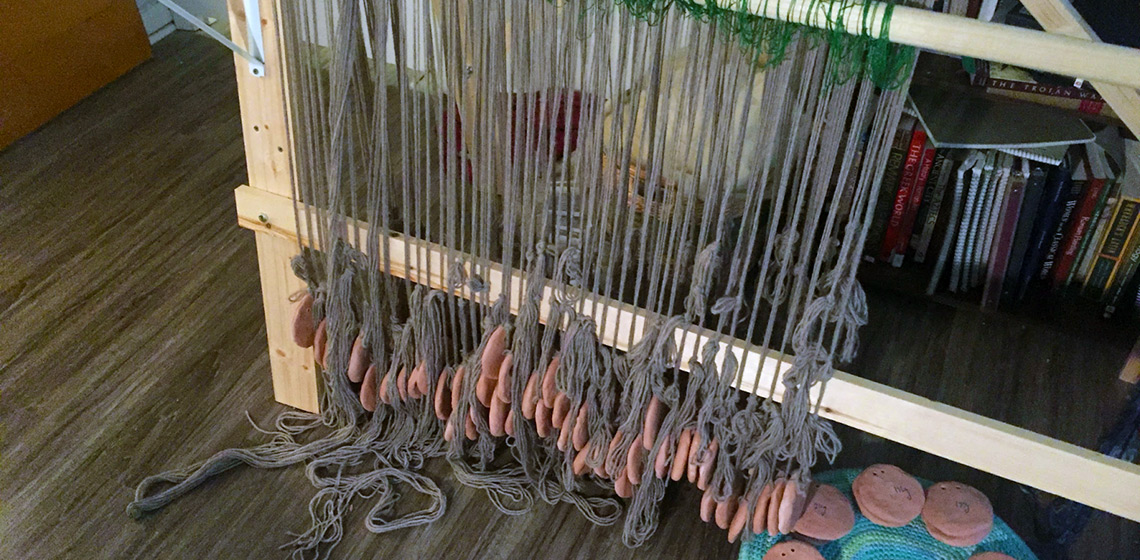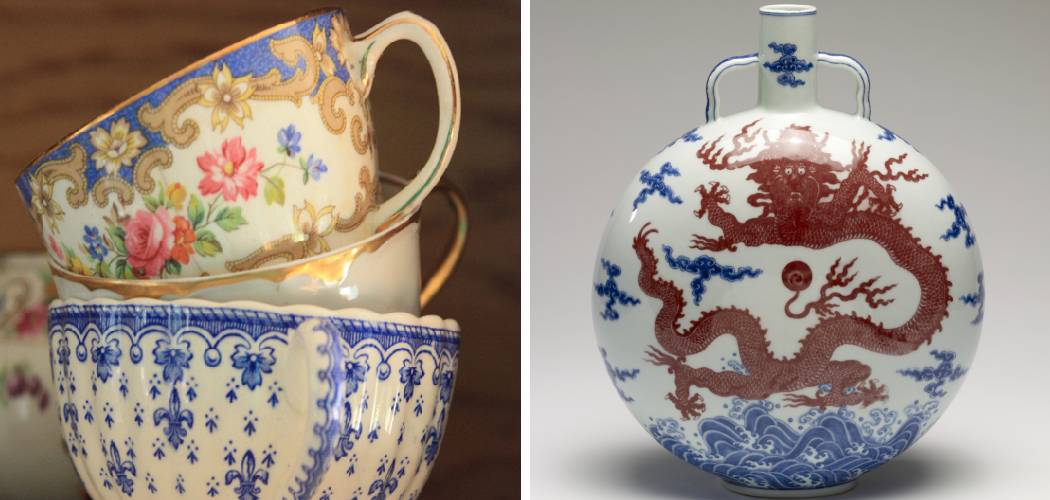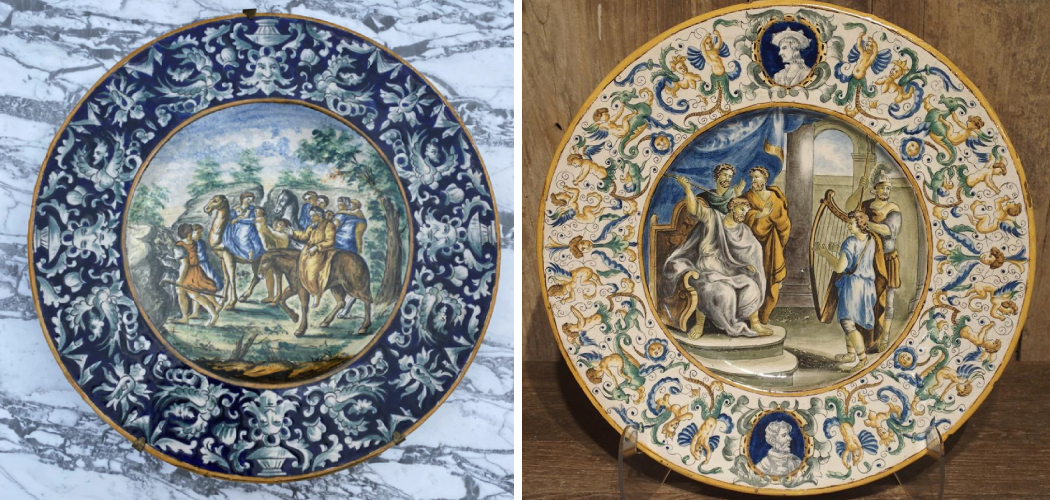Raku pottery, renowned for its unique and unpredictable aesthetic, stands as a distinctive form within the realm of ceramic arts. Identifying Raku pottery involves recognizing key characteristics that distinguish it from other firing techniques. In this article, we’ll embark on a journey on how to identify raku pottery, exploring its origins, firing process, and the visual cues that set it apart.
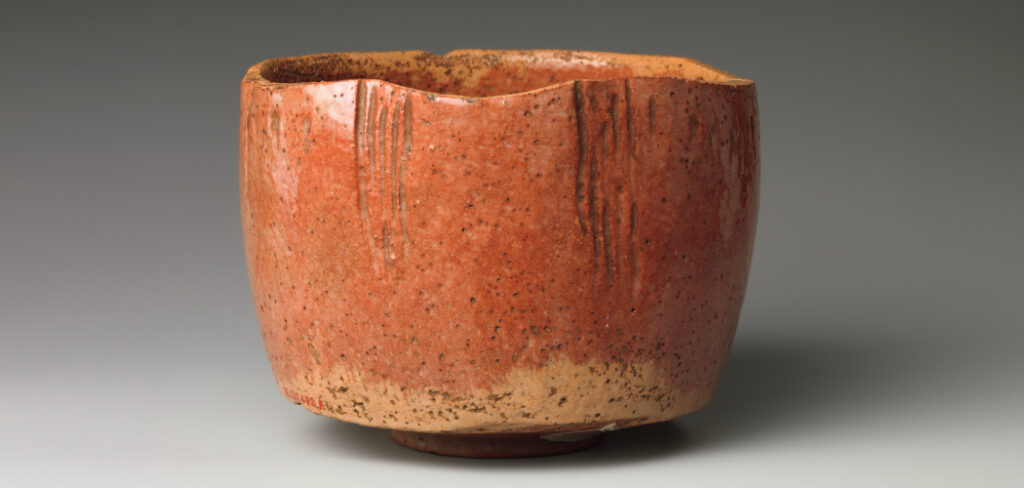
From the unmistakable crackle patterns formed during the post-firing reduction to the vibrant metallic glazes that often define its surface, discerning Raku involves an appreciation for the spontaneous and dynamic nature of this ancient Japanese art form. Whether you’re an enthusiast eager to explore the world of ceramics or a collector seeking to differentiate between pottery styles, this guide will unravel the distinctive traits that make identifying Raku pottery an art in itself. Join us as we delve into the rich history and visual nuances that define this captivating form of ceramic expression.
Table of Contents
Historical Context of Raku Firing
When it comes to identifying Raku pottery, understanding the historical context is essential. The process of firing Raku was first introduced in Japan in the 16th century by a potter named Chojiro. He created this unique pottery for the Japanese tea ceremony and developed an unconventional firing technique that resulted in stunning finishes.
The word “raku” translates to “enjoyment” or “ease” in Japanese, which perfectly captures the essence of this pottery. Raku ware is known for its simplicity and beauty, often featuring asymmetrical shapes with dramatic crackles and varying glazes.
In the 20th century, Raku pottery gained popularity in Western countries when a potter named Paul Soldner introduced it to America. He experimented with different techniques and glazes, further expanding the possibilities of Raku pottery. Today, Raku firing is practiced by many artists around the world, each adding their own unique touch to this traditional technique.
Characteristics of Raku Pottery
Irregular Shapes
One of the most distinctive features of Raku pottery is its irregular and asymmetrical shapes. The pieces are typically hand-formed, giving each piece a one-of-a-kind appearance. This is due to the traditional process of Raku firing, which involves rapid heating and cooling in a kiln, causing the clay to warp and bend. As a result, Raku pottery cannot be mass-produced and each piece is unique.
Earthy Colors
Raku pottery is known for its earthy color palette, which includes shades of brown, black, red, and metallic tones. These colors are often achieved through the use of natural materials in the firing process, such as copper and iron oxides. The colors can vary depending on the type of clay used and the temperature at which it is fired.
Crackled Glaze
Another key characteristic of Raku pottery is its crackled glaze. This effect is achieved by removing the pieces from the kiln at high temperatures and placing them in a combustible material, such as sawdust or leaves. The rapid cooling process causes the glaze to crack, resulting in a unique pattern on each piece.
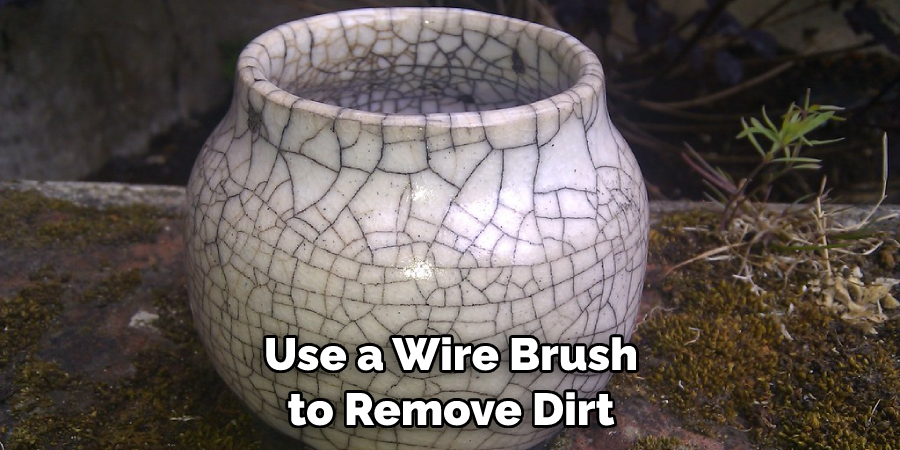
Other Considerations
While these are the main characteristics to look for when identifying Raku pottery, there are a few other factors to consider. One is the weight of the piece – Raku pieces tend to be lighter than other types of pottery due to the rapid firing process. Additionally, the presence of a signature or artist’s mark can also indicate authentic Raku pottery.
10 Methods How to Identify Raku Pottery
1. Look for Unique, Handcrafted Designs
Raku pottery is known for its one-of-a-kind designs and patterns. Each piece is handcrafted by the artist, making it a truly special and unique piece of art. Look for imperfections or irregularities in the design, as these are often signs of handmade pottery.
2. Check for a Metallic Finish
One of the signature characteristics of Raku pottery is its metallic finish. This is achieved through a special firing process that involves removing the pieces from the kiln while they are still hot and placing them in combustible materials, such as sawdust or leaves. This creates a chemical reaction on the surface of the pottery, resulting in a metallic sheen.
3. Notice Crackling or Crazing
Another common feature of Raku pottery is crackling or crazing on the surface of the piece. This occurs when there is a difference in temperature between the inside and outside of the pottery during the firing process, causing small cracks to form on the surface. These cracks are intentional and add to the uniqueness and beauty of Raku pottery.
4. Look for Vibrant Colors
Raku pottery often features vibrant colors that are achieved through glazes made with natural minerals and oxides. These colors can range from earthy tones to bright hues, but they always have a rich depth and intensity to them.
5. Check for Thin Walls
Raku pottery is typically made with thin walls, giving it a delicate appearance despite its sturdiness. This allows light to pass through the piece, creating beautiful shadows and highlighting its intricate design. To check if a piece of pottery is Raku, gently tap the walls with your finger. If you feel any vibrations or hear a hollow sound, it is likely to be Raku.
6. Notice Variations in Shape
Unlike mass-produced ceramics, Raku pottery often has variations in shape due to being handmade. These imperfections add character to each piece and make them easily identifiable as authentic Raku. Look for pieces that are slightly irregular or asymmetrical, as this is a common trait in Raku pottery. Additionally, the glaze may be applied unevenly, creating a unique texture on the surface of the piece.
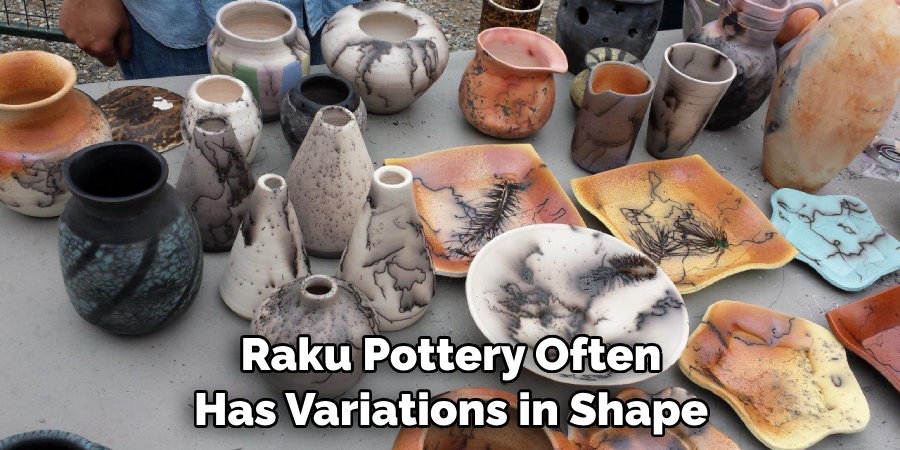
7. Feel for Texture
The tactile quality of Raku pottery is another key characteristic to look for when identifying it. The unique firing process creates a textured surface that can range from smooth to rough, adding another dimension to the piece. The glaze may also contribute to the texture, with some Raku artists intentionally creating crackled or bubbled surfaces. Running your fingers over the surface can give you a sense of the texture and how it was created.
8. Look for a Signature or Marking
Many Raku potters will sign or mark their pieces in some way, either with their name or a symbol. This is a good indication that the piece is authentic and can also provide insight into the artist who created it. If you are unable to find a signature or marking, don’t worry – it is not always present on Raku pottery.
9. Research the Artist
If possible, research the artist who created the Raku pottery you are interested in. Each artist has their own style and techniques, so familiarizing yourself with their work can help you identify an authentic piece. Look for any information about the artist’s background, training, and other works they have created.
10. Trust your Instincts
Ultimately, the best way to identify Raku pottery is to trust your instincts and appreciate its unique qualities. If a piece speaks to you and resonates with you on a deeper level, chances are it is an authentic piece of Raku pottery. Don’t be afraid to trust your intuition and appreciate the beauty of this ancient art form.
Things to Consider When Identifying Raku Pottery
When it comes to identifying Raku pottery, there are some key things to consider. Raku pottery is a type of Japanese pottery that has become popular in the Western world due to its unique appearance and techniques used in its creation. Here are some important factors to keep in mind when trying to identify Raku pottery.
The Firing Process
One of the most distinctive features of Raku pottery is its firing process. Traditional Raku pottery is fired using a technique called “raku firing,” which involves quickly heating the pottery to high temperatures, removing it from the kiln while still hot, and then reducing its oxygen supply to create unique crackle patterns on the surface. This process results in a distinct appearance and can help identify authentic Raku pottery.
The Clay Used
Raku pottery is typically made using a type of clay called “raku clay.” This special clay has a high percentage of grog, which is crushed ceramic material that helps the clay withstand extreme temperatures during firing. The use of raku clay is another identifying characteristic of Raku pottery, as it produces a unique texture and finish.
Handmade and Imperfect
Raku pottery is a handmade art form that embraces imperfections. It is not meant to be perfect, as the unpredictability of the firing process and the unique techniques used often lead to variations in color and texture. If you come across a piece of pottery that appears too perfect or machine-made, it is likely not authentic Raku pottery.
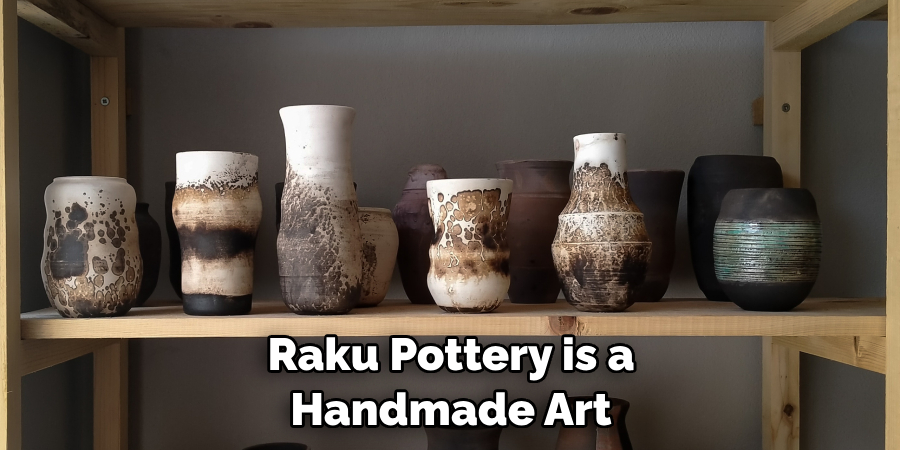
The Artist’s Signature
Lastly, one of the easiest ways to identify Raku pottery is by checking for the artist’s signature. Most reputable Raku potters will sign their pieces, either on the bottom or side of the piece. This not only adds value to the piece but also helps with identification. If you are unsure about a particular piece, do some research on the artist’s signature to confirm its authenticity.
Conclusion
In conclusion, identifying raku pottery is not just about recognizing its distinct characteristics or understanding the process behind it. It’s also about appreciating the culture and history that surrounds this unique art form. From its humble beginnings in Japan to its widespread popularity all over the world, raku pottery has captured the hearts of many with its beautiful imperfections and rich symbolism.
So whether you’re a beginner or a seasoned collector, use these tips on how to identify raku pottery as a way to deepen your understanding and connection with this centuries-old tradition. Let’s continue to support and preserve this cultural gem by spreading awareness and educating others about its significance. Together, we can ensure that raku pottery continues to thrive for generations to come.
